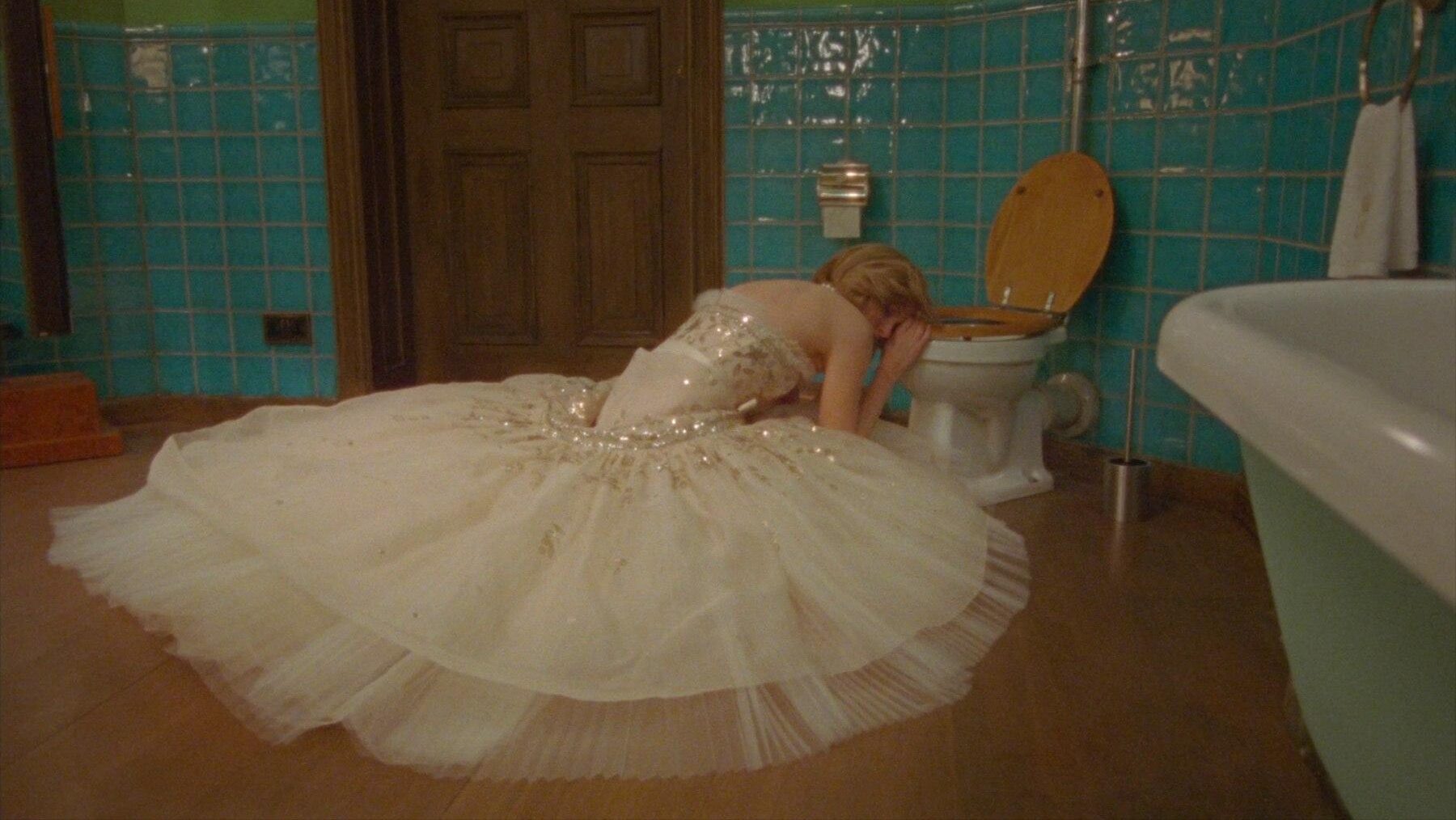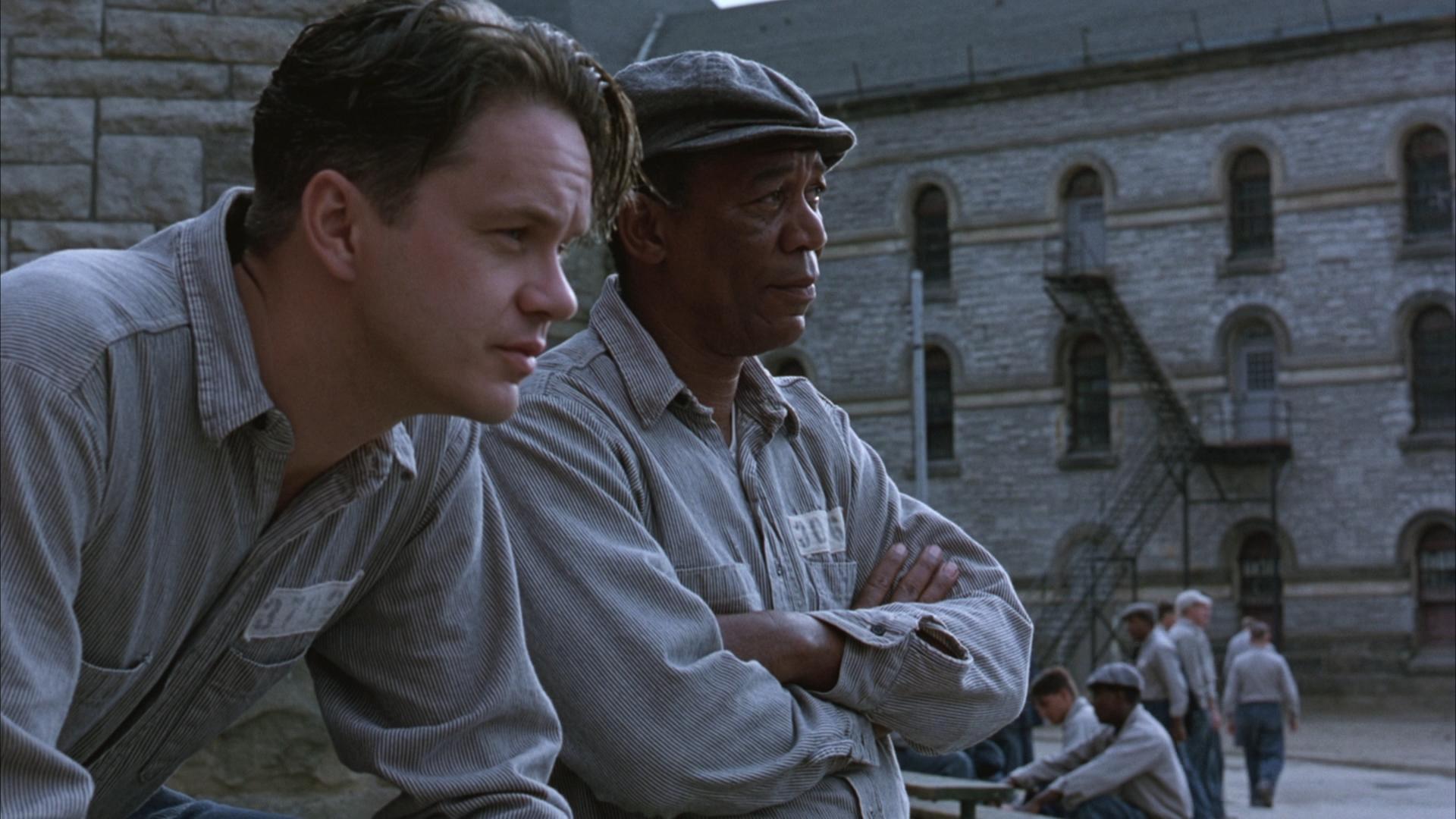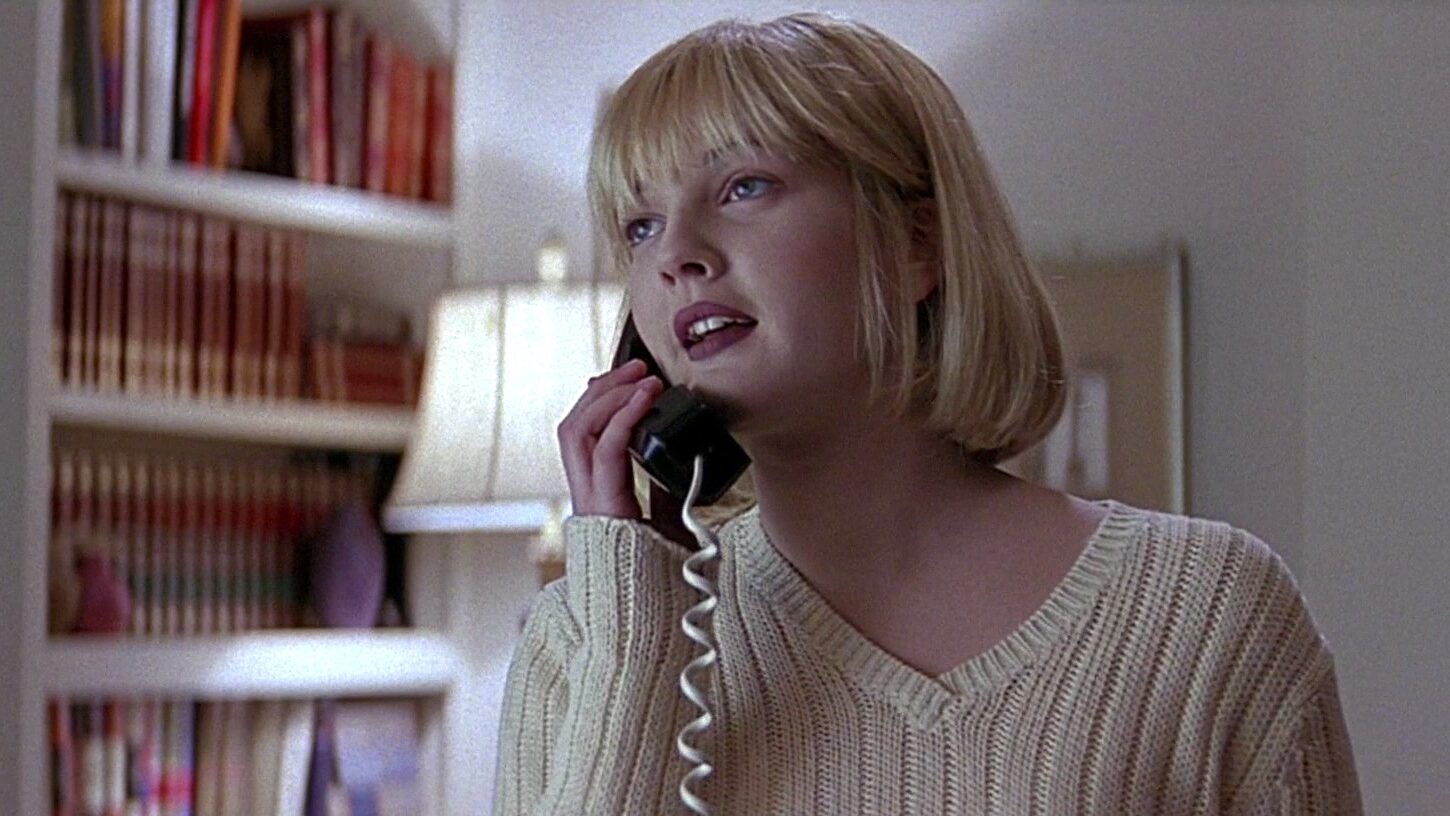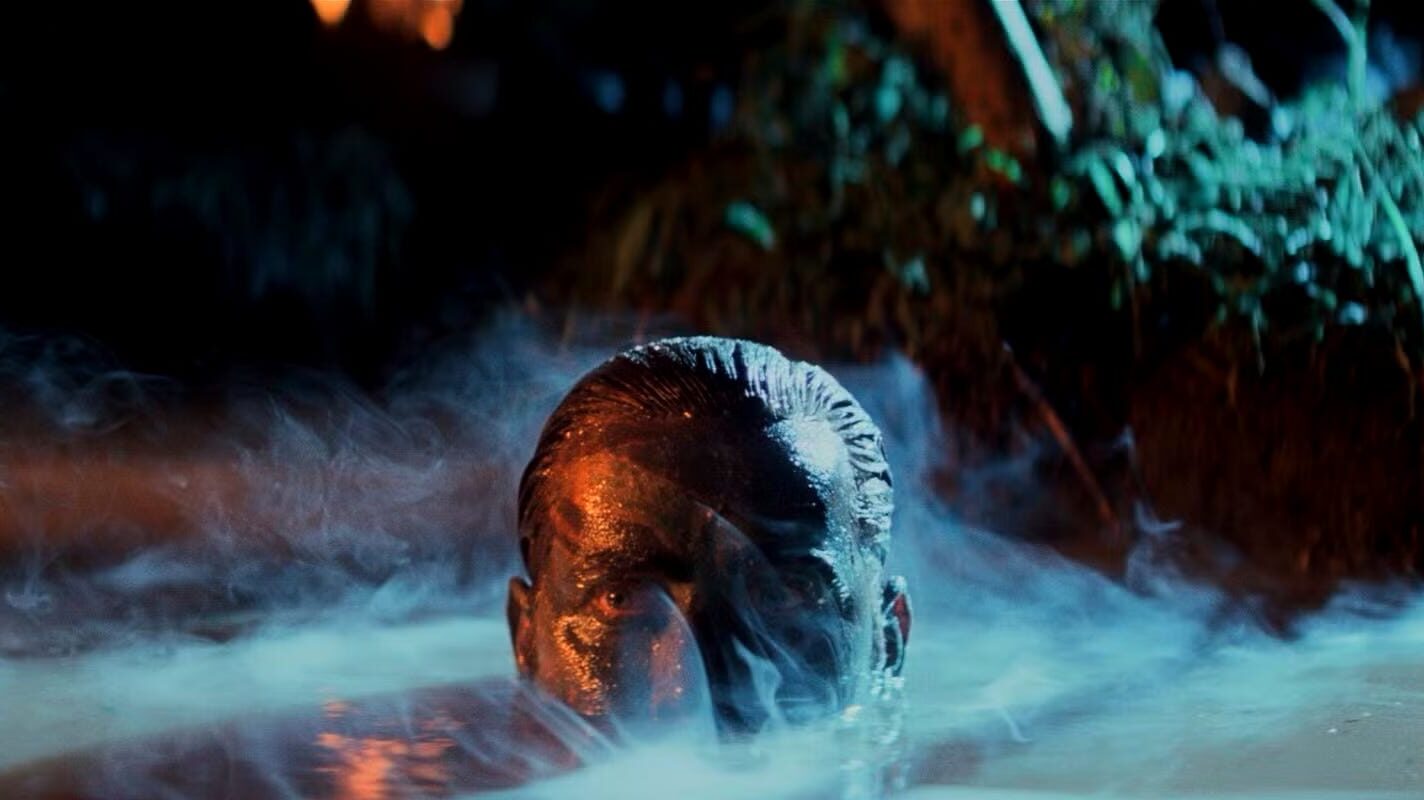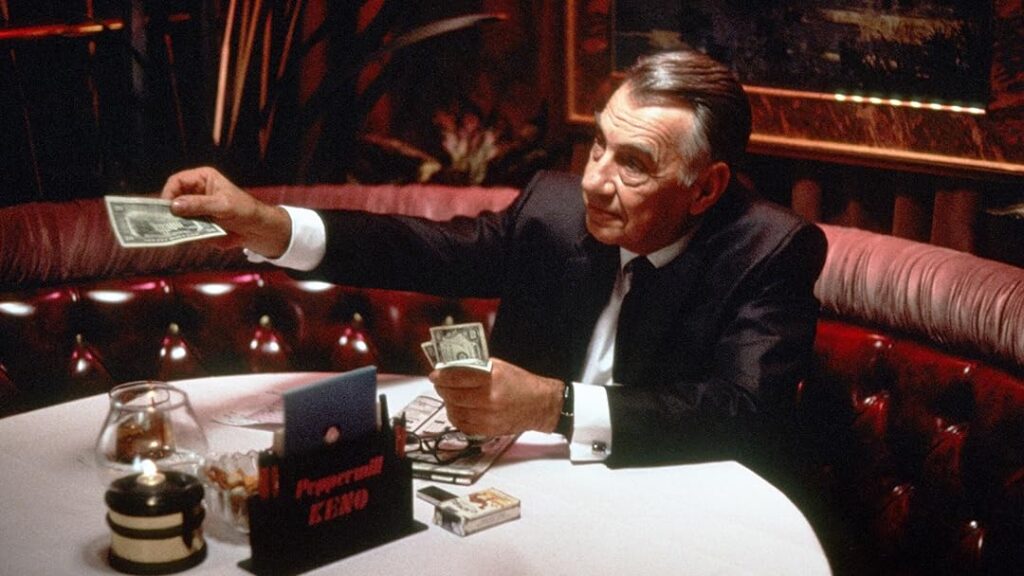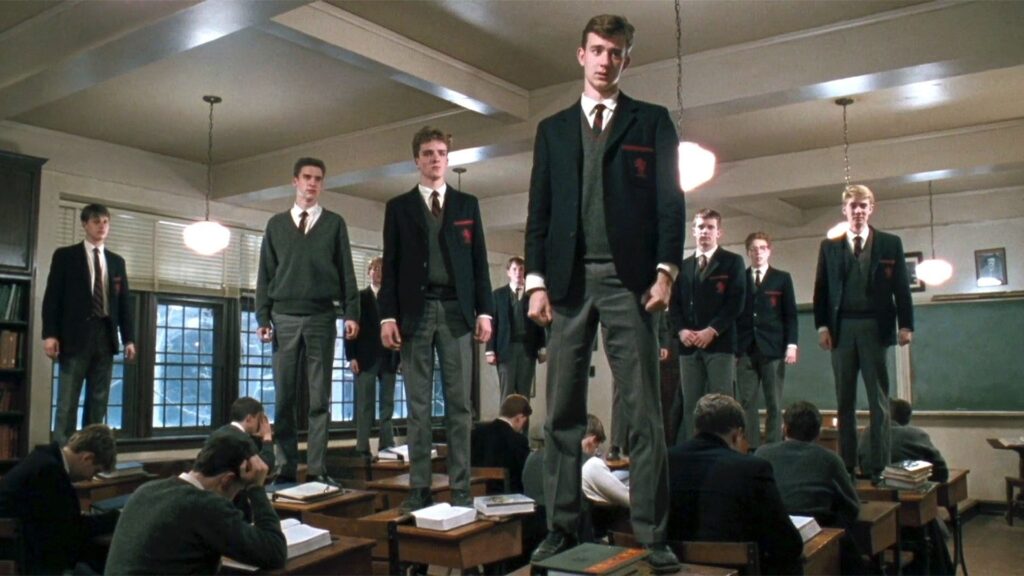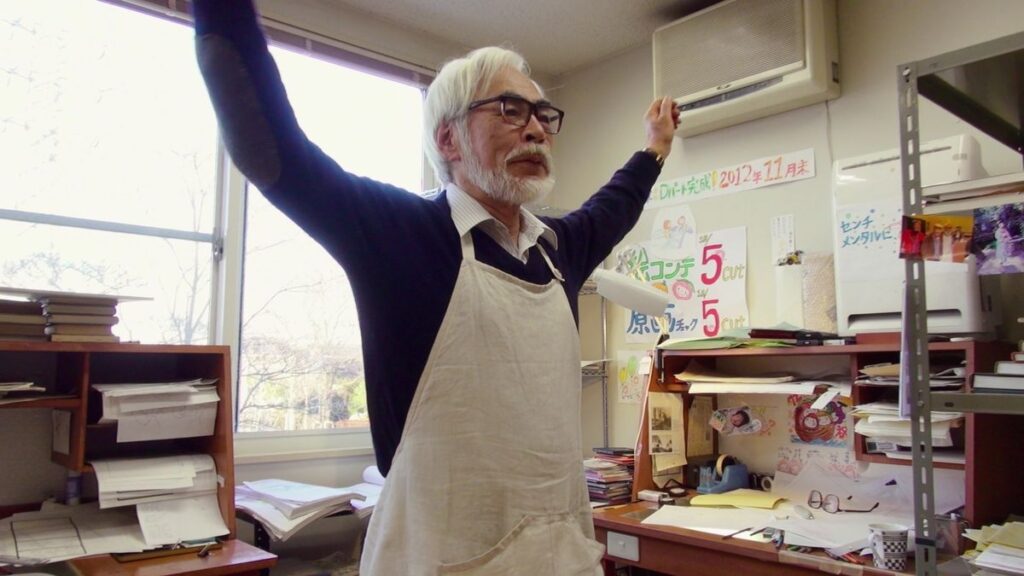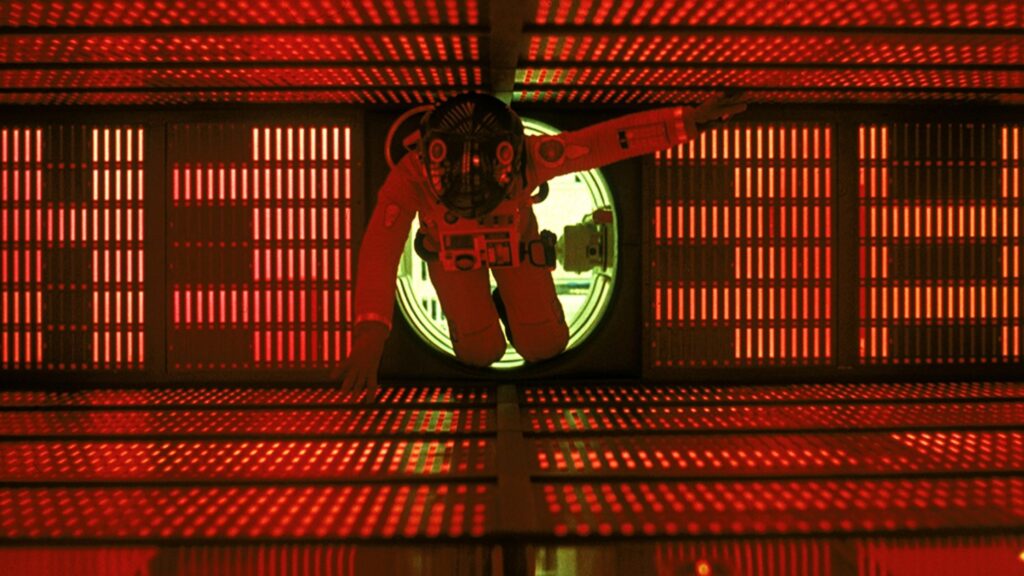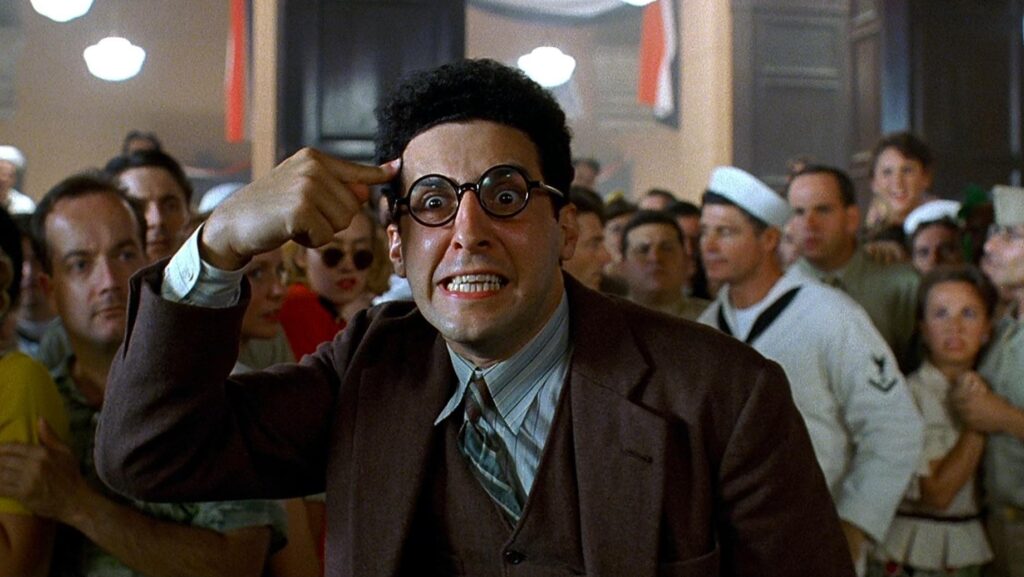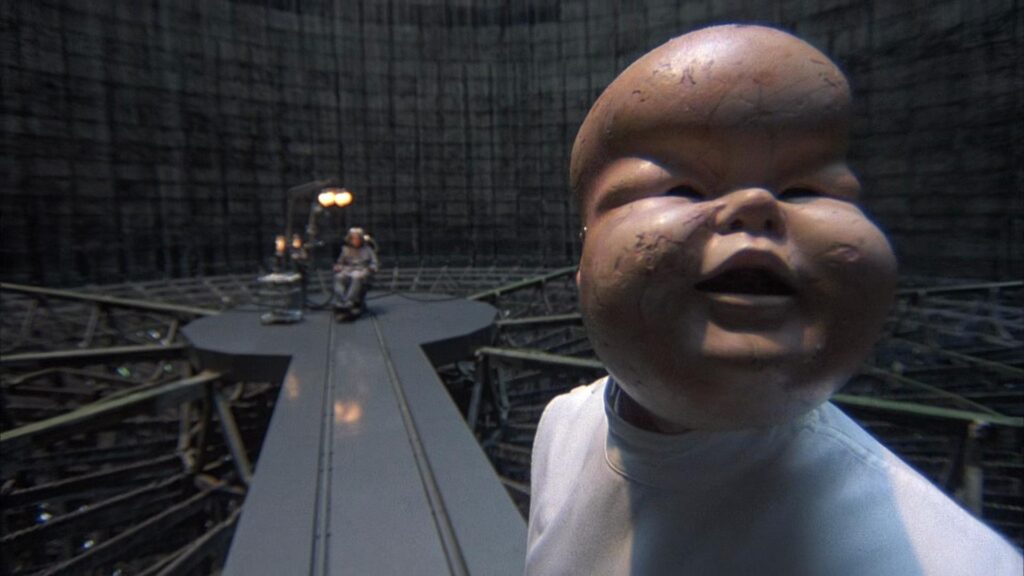Kristen Stewart’s performance in this fable is fully captured by Pablo Larraín’s surreally tense direction.
This review places an unusual amount of confidence in the decency and integrity of a millionaire royal — take all such praises with a grain of salt. (7/20/2025)
To plan out each aspect of your appearance so intricately as to lose all humanity, to conform to meaningless traditionalism. A graceful image maintained to conserve the nation’s social structure. If everything is planned and decided for you, why must you enact those plans at all? You only exist as a tool for the reinforcement of an elitist agenda, a prop to fabricate a superior image. Why reinforce such a thing?
Diana Spencer was one of few members of the royal family who contested their elitism. Unable to stand the theft of her personality, she confronted the fairy tale’s insincerity, and threatened their strict order. Spencer details the fable of her maneuvering around the repression of her agency through attempts at individual expression, and the emotional devastation that is inevitable in an authoritarian monarchy. Though it’s without any kind of tangible narrative, the film continues to enthrall the audience by guiding us through the anxious and impulsive mind of a woman entrapped by ruthless royal expectations.
It transports us into a household that observes precisely how she differs from the norm, one that socially suggests an adjustment to the standards of royal appearance, but psychologically demands it. It is clear from the moment Diana arrives, driving her own car without any security, that she does not fit well into this jigsaw puzzle, that she cannot pretend in the same way other monarchs can. It is the greatest challenge for her, seen in the context of a pre-planned dispassionate dinner, where merely eating the groggy soup laid out for her is as painful as if there were pearls inside it.
What is most merciful about the film is its evasion of standard biopic fare. Through its hallucinatory arthouse presentation, fictionalized accounts of aspects of Diana’s crisis, and clear artistic vision on display, it bends the light of documented reality to prove a psychological reality; not only of regal pressure, but the pressure on each and every one of us to perform a specific social character based on our setting and background. Diana’s discomfort with this social performance is communicated in part with the mystifying and distressing score from Radiohead’s Jonny Greenwood. By presenting us with clashes and bangs that sound as if someone is disrupting your theater experience, aimless and distinctly unbrassy jazz instrumentation, and violent orchestral string hits, the film exhausts its audience in just the same way as Diana.
Visceral and isolating close-ups penetrate the screen at the tensest of moments, while freeing and floaty dolly shots excite at the most playful and honest. These and other choices by cinematographer Claire Mathon convey a clear intent, and the film’s visuals always feel purposeful. Camera and orchestra work in parallel for the film’s artful brilliance to shine through, uniting towards a common goal of painting a beautiful and haunting portrait of this disenchanted abstraction.
Like standard biopics, the film features a very showy lead performance from a prominent Hollywood actor, in this case coming in the form of Kristen Stewart. The breathy delivery of her lines makes it sound as if her (very successful) attempt at a British accent and Princess Diana’s mannerisms overpowers her (semi-successful) attempt at emotional acting (she gives the impression that no matter the context, Princess Diana was constantly drained). Additionally, her costar, Jack Farthing, gives a cold and unsympathetic portrayal of Prince Charles (a particular symbol of the constraints placed on Princess Diana throughout the narrative), and newcomers Jack Nielen and Freddie Spry produce the expected child performances as Prince William and Harry respectively.
The real performance highlights here are Timothy Spall and Sally Hawkins, with their depictions as fictitious houseworkers, surveyor Alistair and dresser Maggie. Spall, famous for his role as Peter Pettigrew in the Harry Potter franchise, charms with a character who at first appears to be the usual stuck-up authority operating and manipulating behind the scenes, along the lines of Samuel L. Jackson’s one-note character in Django Unchained, but is gradually determined not to be outwardly malicious, and instead a byproduct of the conservative traditionalism of his generation. He’s seen not to be the evil force, but a consequence (and ignorant reinforcer) of a systemic one.
Hawkins, though the film tries desperately to make it those passable child actors, is the heart of the film. She embodies the empathy that the film feels for Diana, existing as one of her only supports within her demanding surroundings. Over the period where she is suddenly banished, Diana is at her most isolated, even imagining her image in the more imperially loyal of maids. Her confession of love to Diana serves as the condensed inspiration for the reclaiming of her and her sons’ agency, and she allows the character to deny the repression of confining royalty.
One of the most favourable elements of Diana’s characterization is the film’s choice not to deify her, showing an understanding of precisely what gave her such media attention in the first place. The film shows a range of complex emotions from Diana, instead of the immense perfectionism expected from and performed by other royals. Her humanity, her ability to present herself as flawed and vulnerable, is precisely what made her so attractive to the public and it is exactly what is presented here.
Simultaneously, the attention she was given from this vulnerability, both the infatuation from the masses and the judgement of the royal family, was one of the most negative effects on her mental health. The film encloses Diana in one of the most haunting shots of the film, lingering on her veiled distress as camera flashes flicker in front of her face. By diverging from the standards of royalty, a damaging obsession was created, both from public relatability and royal alienation.
This is probably the most thankful element of the film; though it focuses mainly on the plight and pressure of this real-life figure, it chooses not to overly victimize her and instead gives her power. Particularly at the end, her most joyful moments are because of the authority she has over own life, and not purely because of eager helping hands (though there are plenty of those) that guide her in the ‘right’ direction. It shows the internally freeing aspects of genuine emotionality, as well as the outward oddness perceived from most people, an inability to understand one who does not control their image so carefully.
And such is the dichotomy of the film; what it teaches at the end of the day in the midst of brilliant filmmaking. Brilliant filmmaking isn’t useful without the backbone of theme, and this film excels on both fronts, going beyond the standard expectations of cinema. Larraín’s purpose in telling this story is well-delivered, and even if it tends to belabour its point, no sense of preachiness comes from the film. Diana’s plight, or this version of her’s plight, was one of identity, and it is a plight that affects everyone in their social settings. You can keep your selfhood, attracting all the negative attention that comes with it, or you can close your curtains, be crushed under inhuman purity, and surrender your individuality.
